Physical distancing and sheltering-in-place at home are becoming norms in our pandemic life-flows. We’ve seen the advent of drive-through and drive-up weddings, wakes, and high school graduation rites.
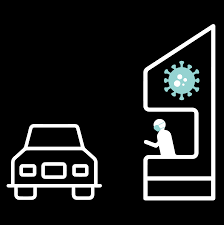 And when food, hygiene supplies, and medical care can’t be delivered by Amazon or Instacart via FedEx, UPS, or the U.S. Postal Service, there’s always the automobile — which, in the U.S., is also part of COVID-19 consumers’ coping mechanisms for hunting-and-gathering the stuff of survival.
And when food, hygiene supplies, and medical care can’t be delivered by Amazon or Instacart via FedEx, UPS, or the U.S. Postal Service, there’s always the automobile — which, in the U.S., is also part of COVID-19 consumers’ coping mechanisms for hunting-and-gathering the stuff of survival.
The automobile has played a particularly unique role in American consumer culture, especially in the suburbanization of the country after World War II. THINK: American Graffiti and drive-in movies and food; the infrastructure investments in the U.S. interstate system; and the role that cars have played in the U.S. economy until speed-bumps disrupted the high watermark of U.S. car ownership, beginning with OPEC oil price impacts in the 1970s through more recent climate change concerns scaling into our mass consciousness.
In the COVID-19 era, drive-through and drive-up curbside service have become important go-to tactics for dealing with everyday life outside of urban centers. One close friend’s son had an emergency need to see his orthodontist, so a drive-up visit was scheduled to tweak a dental wire. Another friend’s dog needed to see the veterinarian, who also organized a drive-up service for pet health care.
And, to be sure, curbside service to the car’s trunk or back seat for restaurants providing carry-out has become a survival strategy for chains and local restaurants who can recover some operating costs during the Great Lockdown of state and local economies.
 Enter health care into the drive-through and drive-up era.
Enter health care into the drive-through and drive-up era.
Retail health in suburban pharmacies had already offered drive-up service the way banks have done for decades. This service is expanding as a response to COVID-19 and many peoples’ growing concerns about entering physical stores to select and pay for goods we need to bring home for self-care, cleaning, and feeding.
The most visible product of the new drive-through health care is COVID-19 testing, which keeps people in their cars and out of brick-and-mortar doctors’ offices, clinical labs, and hospital outpatient centers. While labs and hospitals are offering coronavirus testing where they can access testing supplies, they are doing so. But the retail health sites are trying to fill in gaps in geography and access.
Still, as of early May, though, drive-through coronavirus testing hasn’t yet reached the scale to cover everyone who would want a test, this NPR report explained.
There remains a plethora of “testing deserts” throughout the U.S., “stemming from an overwhelmed supply chain and a disjointed public health system,” NPR observed. This is particularly true in rural and lower-income urban areas that have lacked access to medical care well before the word “pandemic” was uttered in February 2020.
Lacking a federal/national strategy that comprehensively aligns supply with true demand, we’ll continue to see drive-through health care expand testing over time to fill in this U.S. public health patchwork quilt.
Consider Walgreens: the pharmacy chain is offering drive-thru COVID-19 testing in several states (at this time employing Abbott’s ID NOW COVID-19 test), and more generally a drive-thru service to pick up items that can be ordered online from Walgreens.com — whether over-the-counter medicines, prescription drugs, household supplies and groceries that the retail pharmacy offers in-store.
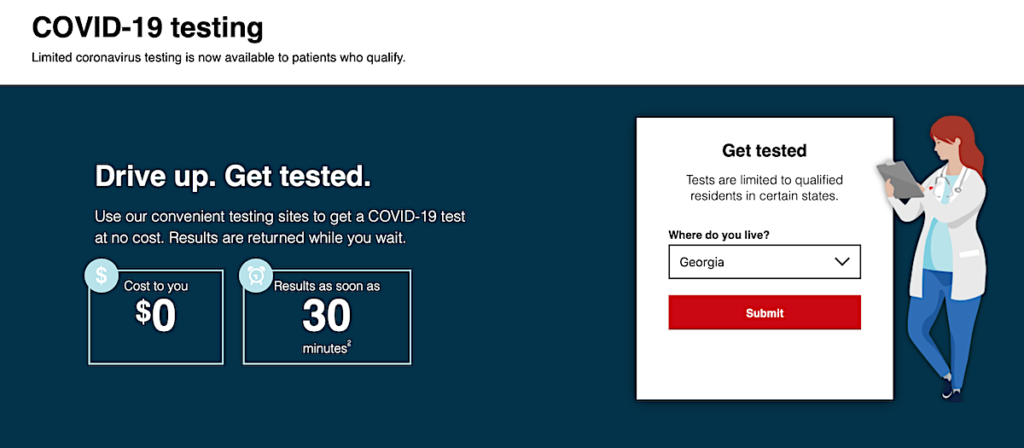 CVS, too, offers drive-through testing in several states as of this posting. The sign-up for this service is shown in the graphic here, with the call-to-action: “Drive up. Get tested.” With this online form, the consumer can schedule a test after meeting certain criteria. Once tested, the results are available as soon as 30 minutes depending on the volume being analyzed at the particular site.
CVS, too, offers drive-through testing in several states as of this posting. The sign-up for this service is shown in the graphic here, with the call-to-action: “Drive up. Get tested.” With this online form, the consumer can schedule a test after meeting certain criteria. Once tested, the results are available as soon as 30 minutes depending on the volume being analyzed at the particular site.
GoodRx has developed a tool to help consumers navigate where they could find a COVID-19 test locally. As of the 21st of April, GoodRx had listed 670 testing sites throughout the U.S., explaining the process of testing, providing hours of operations for the test sites, and managing consumer expectations — noting that while the collection process is a matter of minutes, people could wait up to a week to receive their results.
Health Populi’s Hot Points: As I work through scenarios on how health and health care delivery will play out sooner and later as vaccines and therapeutics address the coronavirus, the growth of virtual care and telehealth will become, just, “health care” in and beyond 2021. Drive-up/drive-through will also persist in many regions where consumer car culture continues to be part of everyday life.
While self-driving cars and drones will continue to be piloted and deployed for delivery (especially expanding access to medical goods in rural areas), there will remain a segment of consumers who will demand driving in their own cars for the purposes of hunting-and-gathering.
Driving-through and -by will indeed be an important part of the evolving health/care ecosystem post-pandemic…but in itself won’t solve the larger challenge of an ecosystem that serves the public’s health. The private sector in the U.S. has stepped up, since well before the COVID-19 era, to help address public health challenges; we laud, as examples, CVS/pharmacy morphing to CVS/health when the company dropped tobacco from its stores, Walmart innovating primary care clinics and tele-mental health, and Walgreens expanding telemedicine to scale care to people who couldn’t access brick-and-mortar doctors’ offices.
In a collaboration that demonstrates the power of private sector partnerships to (literally) deliver on the promise of retail health, CVS has partnered with UPS to deliver prescriptions by drone to one of the largest senior communities in the U.S., based at The Villages in Florida. This project will test the feasibility of using drones in health care, to scale a health service — prescription drug delivery — to a population that may have transportation and other access issues: older Americans.
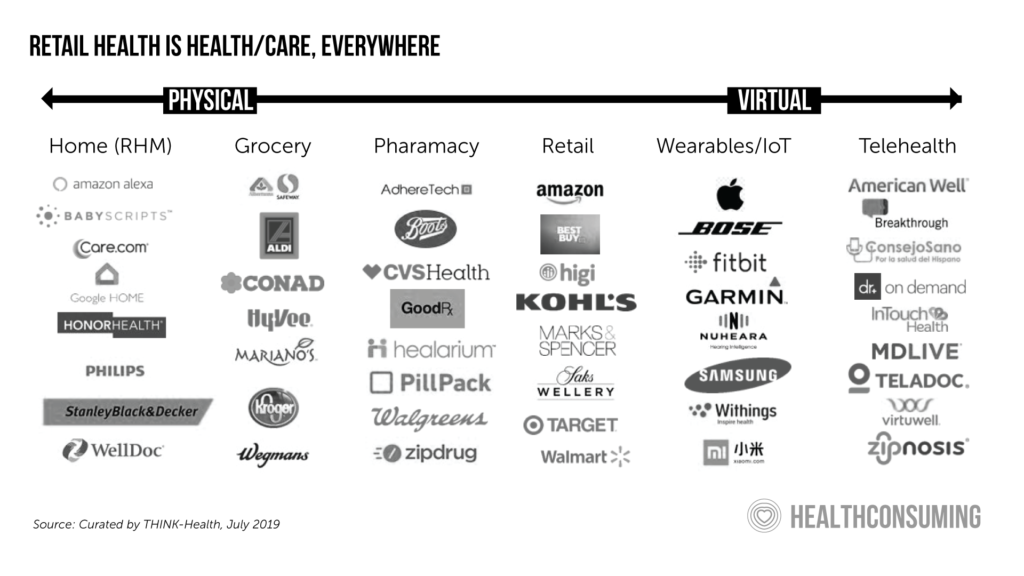 The NPR piece pointed out “testing deserts” where health consumers in the U.S. still lack access to testing sites with the kits to fulfill that objective, with hopefully negative findings when people are tested. This is just one artifact of the much grander challenge that health consumers aren’t yet health citizens in America…something positive that we hope emerges out of the long marathon of the COVID-19 pandemic.
The NPR piece pointed out “testing deserts” where health consumers in the U.S. still lack access to testing sites with the kits to fulfill that objective, with hopefully negative findings when people are tested. This is just one artifact of the much grander challenge that health consumers aren’t yet health citizens in America…something positive that we hope emerges out of the long marathon of the COVID-19 pandemic.
Drive-thru and virtual care, too, can apply to industry segments beyond the pharmacy that bolster health for people where we live, work, play, pray, learn….and shop. Every company’s in the health business, I wrote here in Health Populi ten years ago.
That forecast has come abundantly true in the #COVID19 era: consumers want to engage in health beyond health care legacy stakeholders — with food, consumer electronics, financial services, even brewing and spirits. The #StayHome era is also bolstering the relationship between consumers as patients and payors, to our self-care relationships with ourselves and each other.


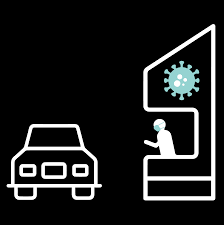


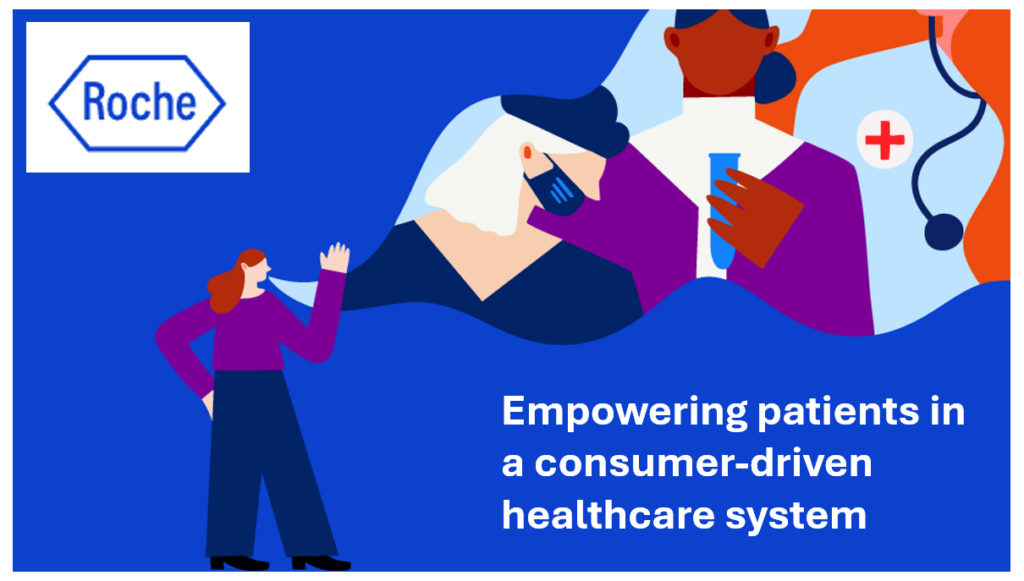 Thank you Team Roche for inviting me to brainstorm patients as health citizens, consumers, payers, and voters
Thank you Team Roche for inviting me to brainstorm patients as health citizens, consumers, payers, and voters 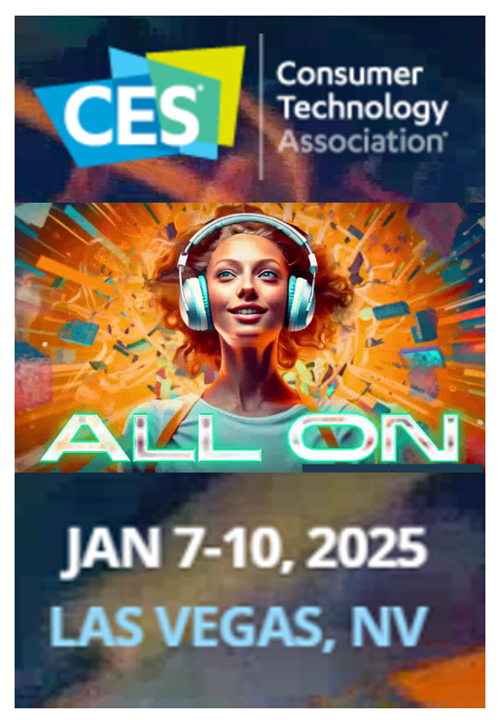 For the past 15 years,
For the past 15 years, 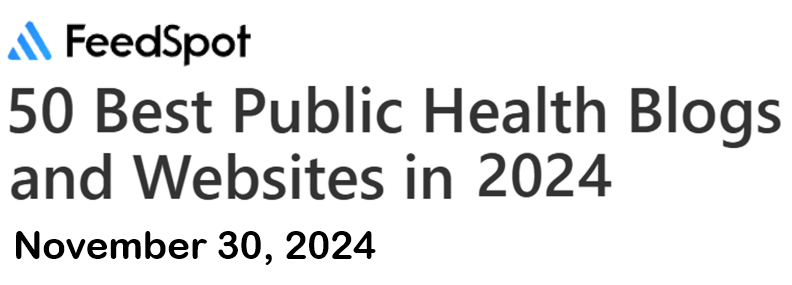 Thank you, Feedspot, for
Thank you, Feedspot, for